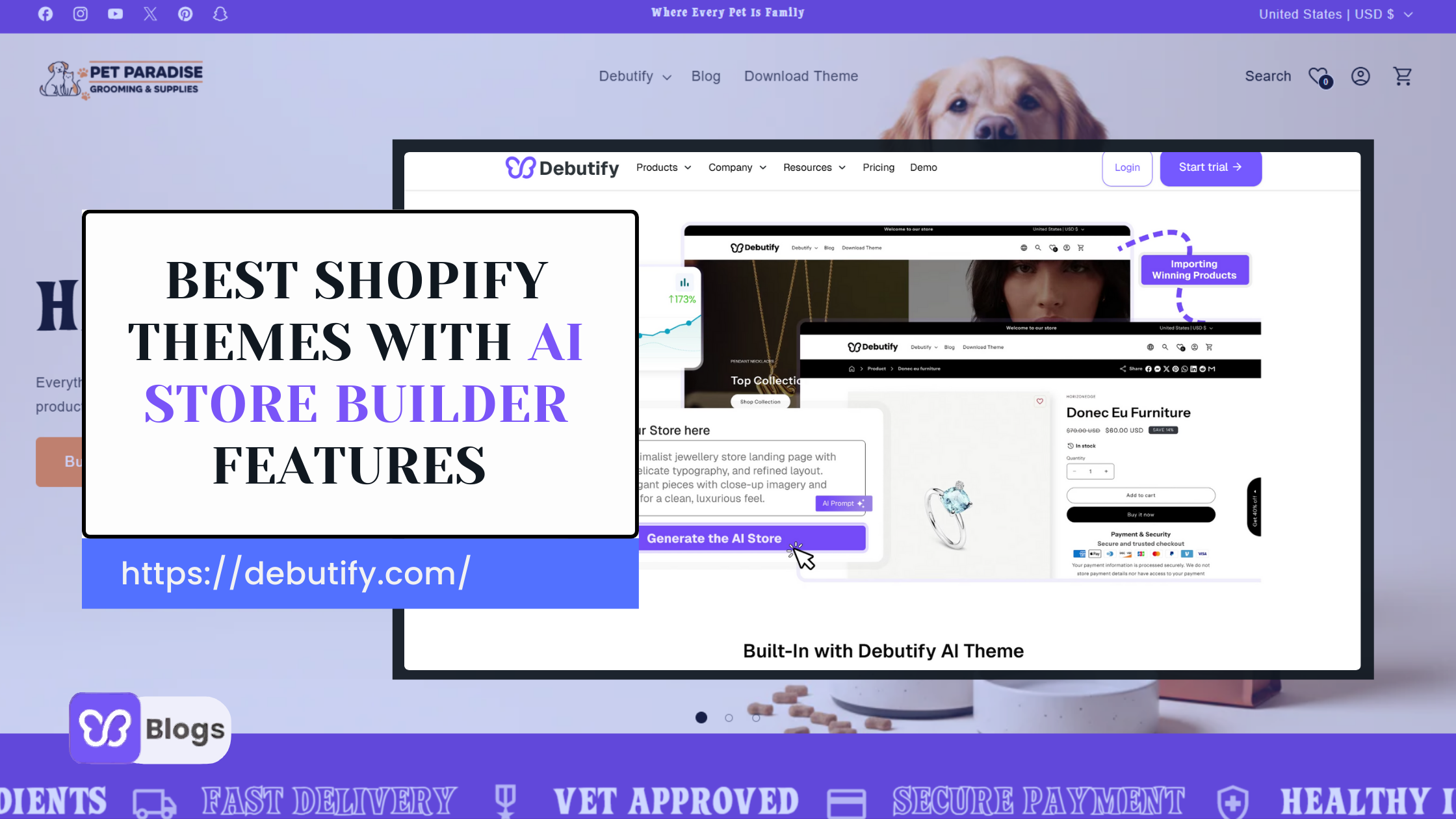Sentiment analysis provides various advantages, the most important of which is enabling firms to better understand and respond to consumer and public sentiment. Here are the primary advantages:
1. Identify areas for improvement
By using a sentiment analysis tool to analyze product review data... you can identify areas for improvement in your business. It may be your customer service, products, etc.
You'll know what people think of your products, and you can identify the gaps to see where you're lacking. This will help your brand in the long run because it can also...
2. Improve customer satisfaction
Once you deeply understand customer feedback, you can improve areas of your brand and eventually... Customer satisfaction will follow.
Customer satisfaction is important because that's how you can make more prospects and existing customers purchase from you.
If they see that a lot of customers are satisfied with your products and services... They can be enticed, too.
Another one is to...
3. Enhance product development
Product review sentiment analysis can also help you improve your products to meet customer needs. You can gain insights into what features the market needs so you can meet them.
This insight can help businesses make data-driven decisions about product development and prioritize the most important features to customers.
Also, product review analysis can help you identify emerging trends, which can play a big role in product development.
This way, you can meet customer needs and expectations and stand out among your competitors. The next benefit of using sentiment analysis tools is to...
4. Understand customer sentiment
You can understand your customer data through product review analysis. You can understand how customers view your products and use these insights to optimize your products and brand.
You can see if customers are highly satisfied with your products or if they're not. Then you can use their sentiments to optimize some areas of your business.
These areas aren't just limited to products and customer service. It can also be your brand messaging, communication strategies, brand identity, etc.
And doing so will help you...
5. Improve brand reputation
Once you get the sentiment scores, analyze the reviews, and implement some improvements... You can improve how others perceive your brand.
Brand reputation plays a big role in how customers will interact with you. If you have a good reputation, it may result in an increase in sales and customer loyalty.
You can also analyze the social media posts about your brand because some customers base their purchases on their following's personal recommendations.
You see, understanding customer sentiments have a lot of benefits for your brand. So, what are you waiting for?





